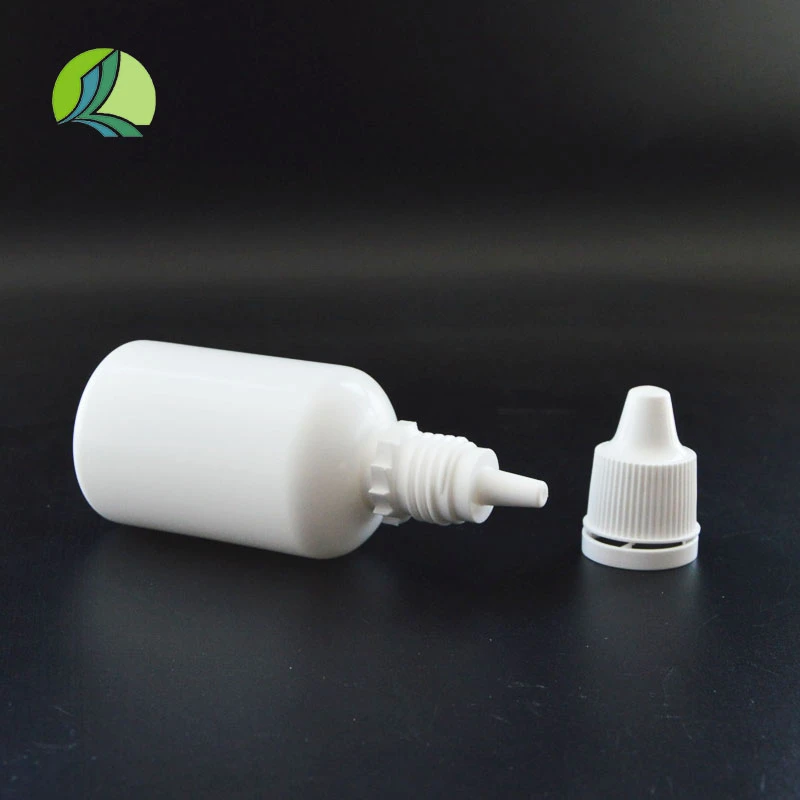cell biology supplies
Essential Cell Biology Supplies for Research and Education
Cell biology, as a fundamental discipline within the broader field of biological sciences, plays a crucial role in enhancing our understanding of cellular processes, functions, and interactions. Whether for educational purposes or advanced scientific research, having the right supplies is essential for successful experiments and effective learning experiences. In this article, we explore some of the key supplies necessary for cell biology studies, highlighting their importance and applications.
1. Culture Media and Reagents
One of the cornerstones of cell biology is the culture of cells in vitro. To achieve optimal growth and maintenance of cell cultures, researchers require high-quality cell culture media, which provide the necessary nutrients, hormones, and growth factors. Commonly used media include Dulbecco’s Modified Eagle Medium (DMEM), Roswell Park Memorial Institute (RPMI), and F-10 nutrient mixture, each tailored for specific cell types. Additionally, supplements such as fetal bovine serum (FBS) are often added to enhance cell proliferation. Alongside these, various reagents like antibiotics (penicillin-streptomycin) and trypsin are crucial for controlling contamination and facilitating cell passage.
2. Laboratory Equipment
The proper laboratory equipment is vital for carrying out cell biology experiments effectively. Incubators provide a controlled environment for cell growth, maintaining specific temperature and humidity conditions. CO2 incubators are particularly indispensable for maintaining the optimal pH in cell cultures that rely on bicarbonate buffering. Other essential equipment includes microscopes for visualizing cells and their components, centrifuges for separating cellular components, and pipettes for precise measurement and transfer of liquids. High-quality glassware and plasticware, such as Petri dishes, culture flasks, and microcentrifuge tubes, are also necessary for culturing and manipulating cells.
3. Cell Counting and Analysis Tools
Understanding cellular behavior often requires quantification and analysis of cell populations. Tools for cell counting, such as hemocytometers or automated cell counters, are essential for determining cell viability, proliferation rates, and differentiation. Flow cytometry is another advanced technique used to analyze cell characteristics at the single-cell level, providing insights into cell size, complexity, and specific marker expression. Additionally, software for image analysis enables researchers to quantify and visualize cellular phenomena effectively.
cell biology supplies

4. Staining and Labeling Reagents
Cellular structures often need to be visualized to understand function and dynamics within the cell. Staining and labeling reagents, such as fluorescent dyes and antibodies, are critical for this purpose. Commonly used dyes, such as DAPI, facilitate the visualization of nuclei, while specific antibodies can target proteins of interest. These reagents allow for techniques like immunofluorescence and confocal microscopy, which are essential for studying protein localization, cell signaling, and cellular interactions.
In molecular cell biology, genetic manipulation tools are fundamental for exploring gene function and regulation. Plasmid vectors, CRISPR/Cas9 systems, and siRNA are commonly used to introduce or knock down specific genes in cells. These tools provide insights into gene expression, protein function, and cellular behavior in response to genetic changes. Additionally, transfection reagents are necessary for delivering these genetic materials into cells efficiently.
6. Safety Equipment and Supplies
Safety is paramount in any laboratory environment. Personal protective equipment (PPE), including lab coats, gloves, and safety goggles, must be available to protect researchers from exposure to harmful substances. Additionally, biosafety cabinets are essential when handling biohazardous materials or cell lines to ensure a sterile environment and protect users from potential contamination.
Conclusion
The vast array of cell biology supplies is integral to the advancement of research and education in this essential field. From culture media and laboratory equipment to analysis tools and genetic manipulation reagents, these supplies enable scientists and students to delve deeper into the complexities of life at the cellular level. As technology and methodologies advance, the quality and scope of these supplies will continue to evolve, further enhancing our understanding of cellular processes and their implications for health, disease, and biotechnology.
-
Aesthetic Makeup Spray Bottles | Fine Mist Empty RefillableNewsAug.19,2025
-
White Plastic Veterinary Vaccine Vials | Lab Liquid BottlesNewsAug.18,2025
-
Plastic Medicine Liquid Bottle: Secure Flip Top Drug VialsNewsAug.17,2025
-
Durable 250ml Blue Plastic Vaccine Vial for Lab & Vet UseNewsAug.16,2025
-
Sterile Virus Sample Tubes: Secure & Reliable Specimen CollectionNewsAug.15,2025
-
White 250ml Plastic Vaccine Vial for Lab & Vet MedicineNewsAug.14,2025
























